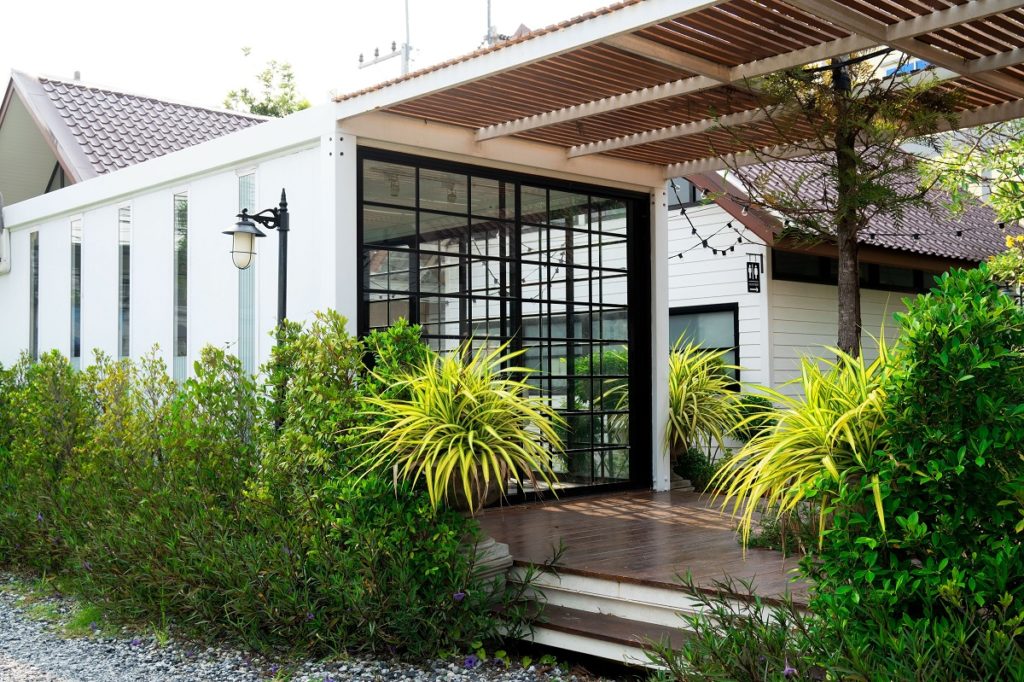It’s hard to make it in the restaurant industry, with high-end restaurants and small cafés competing with chains and ready-to-cook meals from the supermarket. Establishments compete against each other by offering quality food and ambience or serving meals quickly at low cost. Today, the landscape is changing, with more consumers caring about environmental sustainability and the amount of waste made by the food service industry.
According to the Department of Environment and Energy, restaurants and industrial companies dispose of 2.2 million tonnes of food waste. A more eco-friendly approach to the restaurant menu can reduce waste, promote health and dent the industries carbon footprint while helping your bottom line.
Here are tips on how to make your restaurant greener.
Reduce Food Waste
Use inventory management software to track which food items are nearing expiration. Use the first-in-first-out method to make sure that the chefs grab the ingredients closest to their ‘best before’ date when prepping food.
Some surplus food is unavoidable, no matter how thorough the food waste control policies. Can you think of other side dishes or hors d’ oeuvres with the surplus ingredients? Donating extra food to charity is another option that will help boost your restaurant’s reputation.
Use Energy-Efficient Equipment
Restaurants consume high amounts of electricity, mostly through appliances. Cut down on utility costs by switching to energy-efficient models marked with the Australian government’s energy rating label. Another low-cost way of reducing energy is by buying LED bulbs, inverter technology, motion sensor lights and spot air conditioners.
Use Eco-Friendly Cleaning Materials
The harsh chemicals in industrial cleaners don’t break down easily and, if not disposed of correctly, end up polluting the environment. Swap these cleaners for environmentally friendly brands. If possible, choose products that have been certified by GECA or similar eco-labelling programmes.
Enforce Proper Recycling Methods

Conduct a waste audit and determine how to handle recyclable materials. Create a recycling programme to dispose of recyclable materials properly, and segregate your rubbish into designated skip bins. Remember to check with local policies because rules about waste collection differ between, say, Sydney and Brisbane.
Reuse Containers
Reusing serving vessels and reducing the need for single-use plastics is a huge, cost-effective stride when it comes to sustainability. Choose eco-friendly alternatives over plastic disposables such as paper cups, metal straws and wooden stirrers. Encourage your customers to opt out of single-use plastics by offering discounts or other incentives.
Plan Your Shipping
Arranging for supplies delivered to your restaurant daily or weekly results in a higher carbon footprint. Does your storage facilities allow you to buy in bulk? Since you’ll be receiving orders less regularly, consider which items you need to use first and what you can store in the freezer to prolong shelf life. Also, think of the travel time and costs, and aim to buy locally and seasonally.
Reduce Water Usage
Replace your facilities with water-saving toilets and urinals to reduce the amount of water used in a single flush. Another eco-friendly option includes dishwashers that use less water and energy.
Going green in your restaurant can be a challenging task, as it involves investing in new technologies or changing your regular method of operation. However, doing your part in reducing carbon footprint not only improves your impact on the environment, it also helps reduce food costs and utility bills. Being an environmentally friendly restaurant will attract new guests − who appreciate the effort of making tasty menu options by sustainable, ecologically sensible means.

